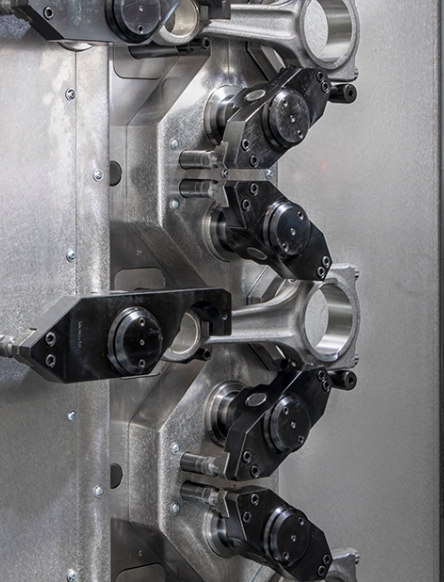A connecting rod in an internal combustion engine should have a very limited amount of play or movement. The acceptable amount of side-to-side play is typically specified by the engine manufacturer and is generally between 0.010 and 0.020 inches.
The Role of Connecting Rods in an Engine
The connecting rod is a vital component of an internal combustion engine. It serves the crucial function of converting the reciprocating motion of the piston into the rotary motion of the crankshaft. This conversion of motion is what drives the vehicle forward.
Connecting Rod Play: What is It?
“Play” in a connecting rod refers to the slight movement it has within its assembly. There are two types of play to consider: axial and radial. Axial play refers to the movement of the connecting rod along the axis of the crankshaft, while radial play refers to movement perpendicular to the axis.

Why the Correct Amount of Play Matters
The correct amount of play in a connecting rod is essential for the optimal performance and longevity of the engine. If the play is too little, it can lead to binding, friction, and potential engine seizure. Conversely, too much play can lead to premature wear, causing the engine to run rough and eventually leading to rod knock or catastrophic engine failure.
Ensuring the Right Amount of Play
Engine manufacturers typically provide specifications for the acceptable amount of connecting rod play. These specifications are part of the engine’s design and reflect the balance between minimizing friction and wear, and allowing enough space for lubrication and heat expansion.
When assembling an engine, technicians measure the play using precise tools such as feeler gauges or dial indicators. If a connecting rod is found to have too much or too little play, it may need to be replaced or the engine may need other repairs.
In conclusion, maintaining the correct amount of play in a connecting rod is a critical aspect of engine assembly and maintenance. It is one of many details that contribute to the efficient operation and longevity of an engine. Whether you are a professional mechanic or a DIY enthusiast, understanding the importance of correct connecting rod play can help ensure the reliability and performance of your engine.